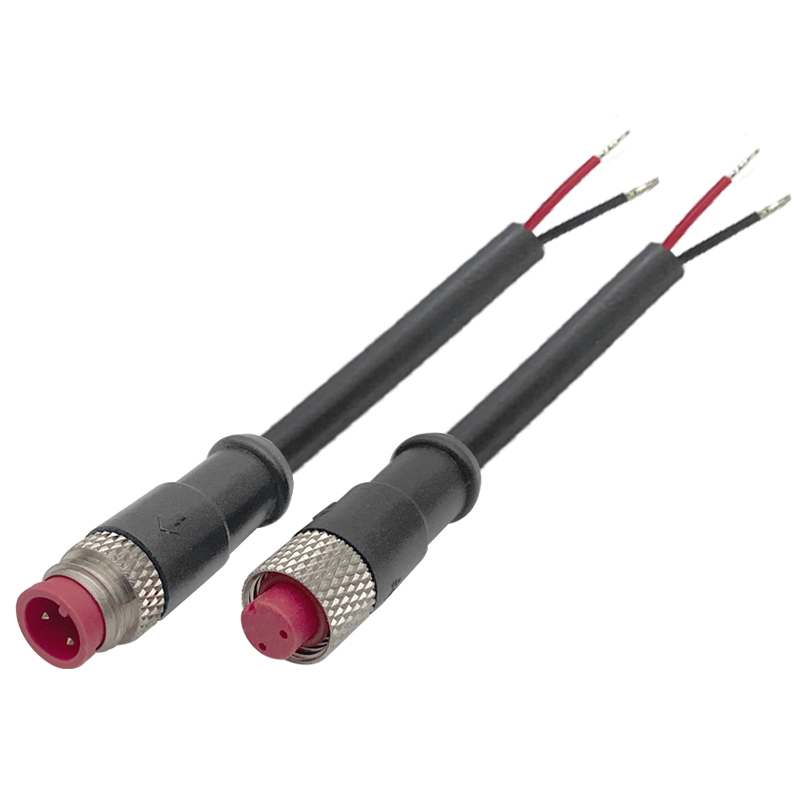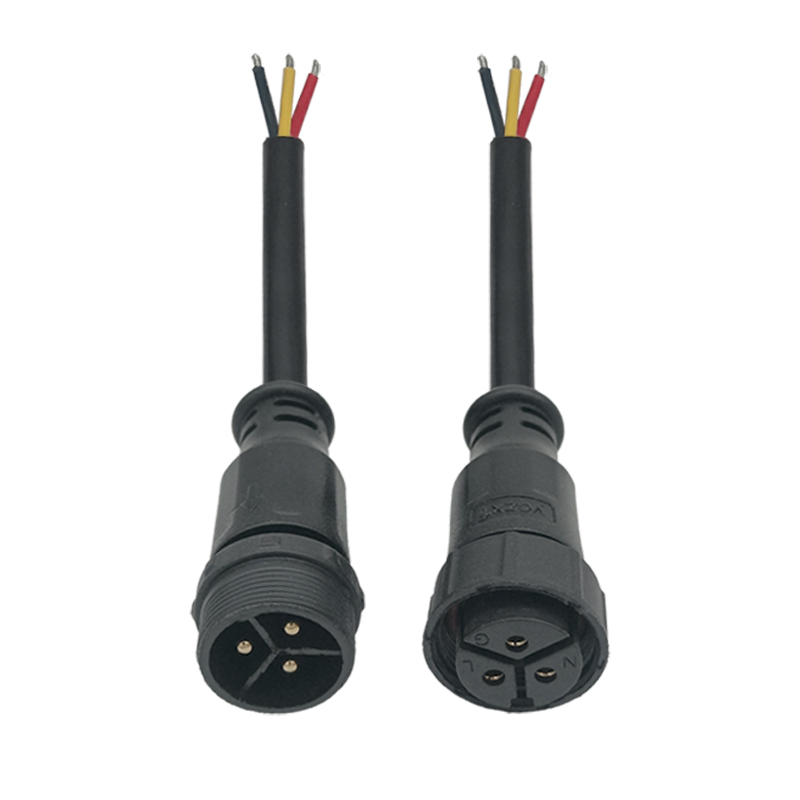Introduction
The global shift toward renewable energy has made solar power a cornerstone of sustainable electricity generation. Photovoltaic (PV) systems, which convert sunlight into electrical energy, must operate reliably in harsh outdoor environments. Therefore, waterproof connectors play a crucial role. These connectors protect electrical connections from moisture, dust, UV radiation, and extreme temperatures, preventing system failures and maximizing energy output. This article explores the significance of waterproof connectors in PV systems, their key benefits, and their applications in solar energy infrastructure.
Why Waterproof Connectors Are Essential in PV Systems
PV systems are exposed to rain, snow, humidity, salt spray (in coastal areas), and temperature fluctuations. Standard electrical connectors can degrade under these conditions, leading to corrosion, short circuits, and power losses. Waterproof connectors provide a sealed interface that ensures uninterrupted conductivity, safety, and durability in solar installations.
1. Preventing Moisture-Induced Failures
Water ingress is one of the leading causes of PV system failures.
it can cause:
Corrosion – Degrading metal contacts and increasing resistance.
Short circuits – Leading to fire hazards or inverter shutdowns.
Insulation breakdown – Reducing efficiency and posing electrocution risks.
Waterproof connectors with IP67/IP68 ratings block water penetration, ensuring stable performance even in heavy rain or high humidity.
2. Enhancing Durability in Extreme Weather
PV systems operate in diverse climates—from scorching deserts to freezing tundras. Waterproof connectors are designed to withstand:
UV radiation – UV-resistant materials prevent cracking and discoloration.
Thermal cycling – Expansion and contraction due to temperature changes won’t break the seal.
Salt and chemical exposure – Critical for offshore solar farms or industrial environments.
3. Ensuring Electrical Safety and Efficiency
Poor connections increase contact resistance, leading to energy losses (I²R losses) and overheating. Waterproof connectors maintain low-resistance contact, improving system efficiency and preventing:
Hotspots – Which can damage solar panels.
Arc faults – A major fire risk in DC solar systems.
4. Simplifying Maintenance and Reducing Downtime
Solar farms and rooftop installations require minimal maintenance. Waterproof connectors:
Resist dust and debris buildup – Reducing cleaning frequency.
Prevent oxidation – Extending service life.
Enable quick, tool-less installations – Speeding up deployment and repairs.
5. Supporting High-Voltage and High-Current Applications
Modern PV systems use higher voltages (e.g., 1500V DC) to improve efficiency. Waterproof connectors must handle:
High current loads – Without overheating.
DC arcing risks – With reinforced insulation and arc-resistant designs.
Applications of Waterproof Connectors in PV Systems
1. Solar Panel Junction Boxes
Connect solar cells in series/parallel.
Must be waterproof to prevent internal corrosion.
2. Inverter Connections
Link PV arrays to inverters (DC to AC conversion).
Waterproofing prevents ground faults and inverter damage.
3. Battery Storage Systems
Off-grid and hybrid systems use waterproof connectors to protect battery terminals from humidity.
Key Features of High-Quality PV Waterproof Connectors
IP67/IP68/IP69K Ratings – Full protection against water and dust.
UV and Weather Resistance – Withstands decades of sun exposure.
High-Temperature Tolerance – Stable in -40°C to +105°C ranges.
Corrosion-Resistant Materials – Stainless steel, gold-plated contacts, or engineered plastics.
Locking Mechanisms – Vibration-proof designs for wind-prone areas.
TUV/IEC/UL Certification – Compliance with international safety standards.
Industry Standards for PV Connectors
To ensure reliability, PV connectors must meet:
IEC 62852 – Safety requirements for DC connectors.
UL 6703 – Standard for PV system interconnections.
TUV Rheinland Certification – Quality assurance for harsh environments.
Future Trends: Smart and Modular Connectors
Smart connectors with sensors for real-time monitoring of resistance and temperature.
Plug-and-play designs for faster solar farm installations.
Hybrid connectors combining power and data transmission for IoT-enabled PV systems.
Conclusion
Waterproof connectors are indispensable in photovoltaic systems, ensuring long-term reliability, safety, and peak performance in challenging environments. By preventing moisture ingress, corrosion, and electrical failures, they help maximize energy harvest and reduce maintenance costs. As solar technology advances—with higher voltages, floating solar farms, and smart grids—the demand for robust, high-performance waterproof connectors will continue to grow.
Investing in certified, high-quality waterproof connectors is not just an engineering choice but a strategic decision for efficient and sustainable solar energy generation.




